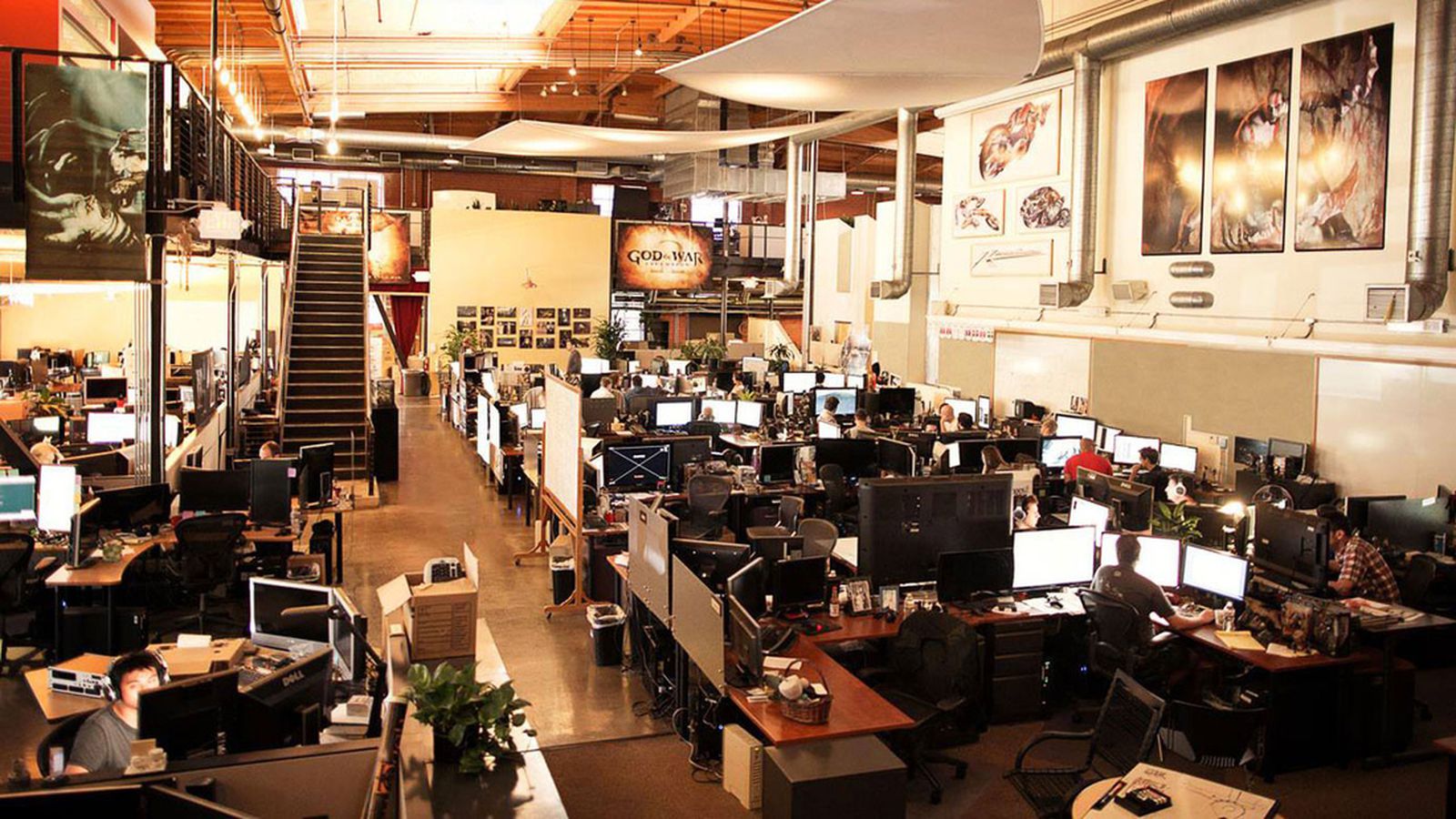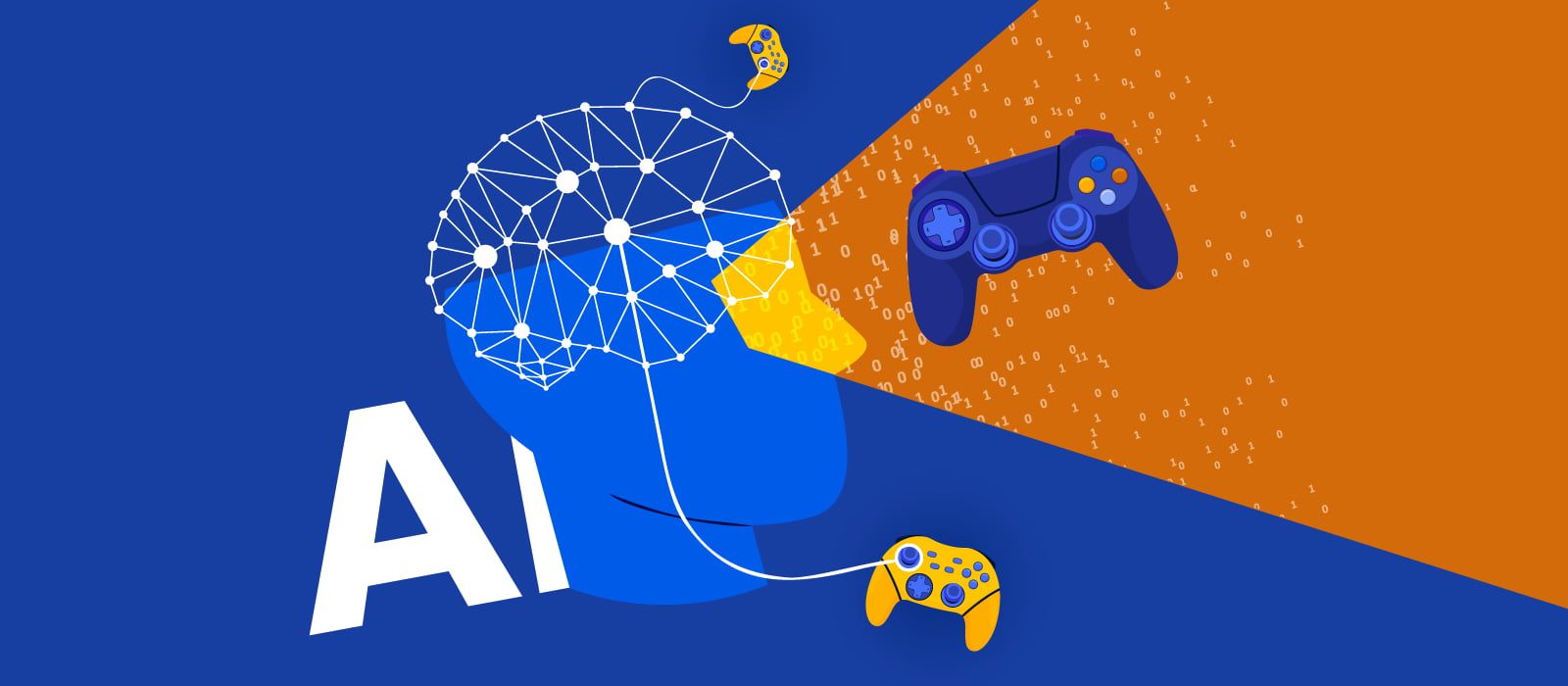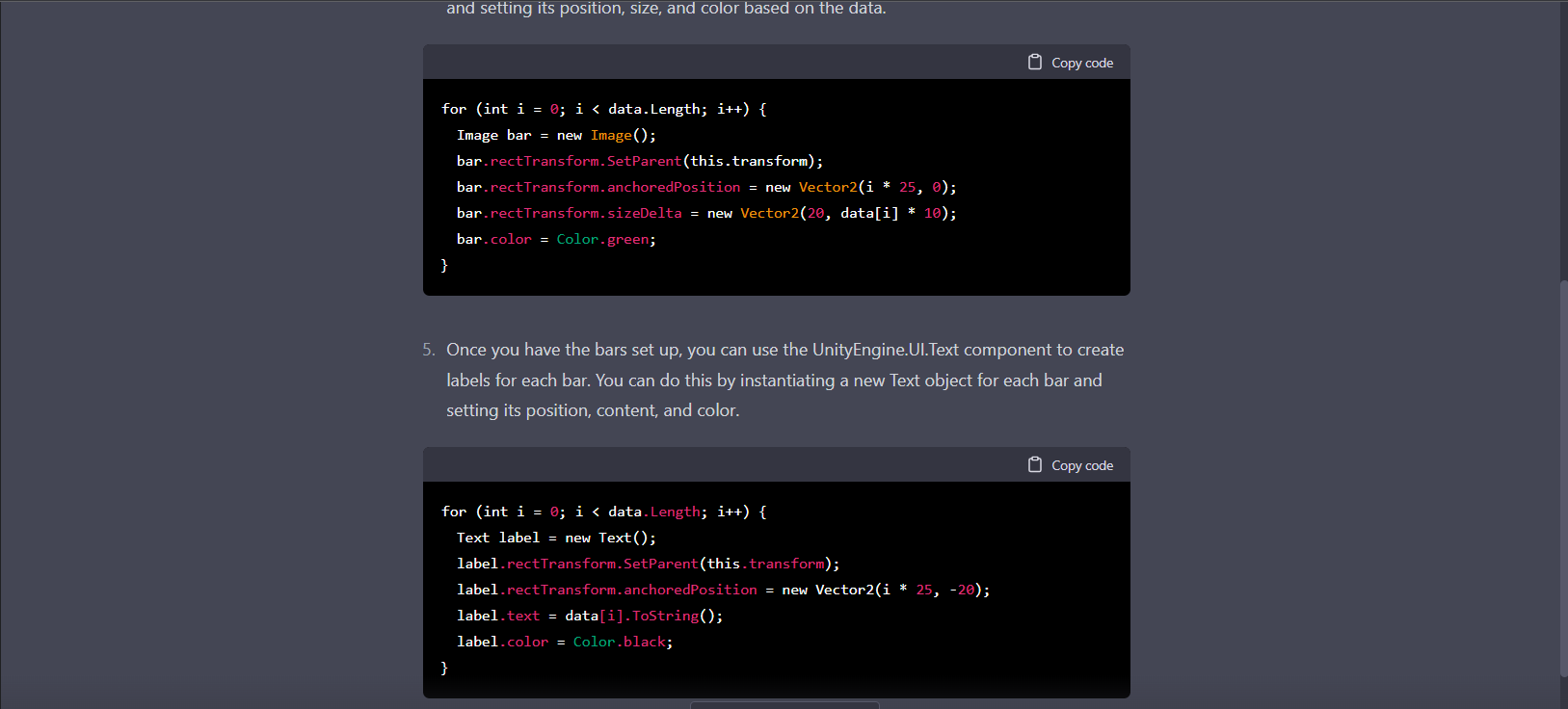Artificial Intelligence Powered Tools And Video Game Development?

Growth and Challenges of Video Game Development:
The video game industry has experienced significant growth in recent years, driven by the increasing popularity of mobile gaming and advancements in technology. According to a report by Newzoo, the global video game market reached $159.3 billion in 2020, with a year-over-year growth rate of 9.3%. Additionally, a report by App Annie estimates that global mobile gaming revenue has reached $100 billion in 2021.
However, this growth also means that game developers are under pressure to deliver high-quality games within tight deadlines and with limited resources. A survey by the International Game Developers Association (IGDA) found that 70% of game developers work more than 40 hours a week, with 28% working more than 60 hours a week. Additionally, 69% of game developers reported working on projects with unrealistic deadlines, and 61% reported working on projects with unrealistic budgets.
To address these challenges, game developers are constantly searching for ways to improve their workflow and efficiency. This includes seeking out new technologies and tools, as well as implementing best practices for project management and team collaboration. By finding ways to streamline their development process and make the most of their resources, developers are able to deliver high-quality games to players while staying on schedule and within budget.
Can AI Help Addressing Some Of These problems?

Artificial Intelligence (AI) is taking the video game industry by storm and changing the way games are designed, developed, and played. Imagine being able to create a game that adapts to the player's behavior, generates new levels on the fly, and creates realistic NPCs that can hold a conversation with you. Well, all of that and more is possible thanks to the power of AI.
One of the most exciting aspects of AI in game development is its ability to assist in game design. Game designers can use AI-powered tools to generate level layouts, NPC behaviors, and quest chains with ease. This not only saves designers time but also allows them to create more complex and varied game content. For example, AI can simulate player behavior and identify potential bugs or performance issues, helping developers fix problems before a game is released and improving the overall player experience.
AI-powered tools can also be used to create game assets such as 3D models and animations. This automates the process of creating assets and saves time and resources, allowing developers to focus on more important tasks such as creating engaging gameplay experiences.
In addition, AI can be used to create intelligent and adaptive gameplay, by tracking the player's progress and adjusting the game's difficulty accordingly. This keeps players engaged and ensures that the game is challenging but not frustrating. And that's just the tip of the iceberg, with AI-powered natural language processing (NLP) NPCs can have more realistic and dynamic behaviors and also help in creating more natural language-based interactions with the players.
AI-Powered Tools and Creativity:

As the use of Artificial Intelligence in game development becomes more prevalent, one question that arises is the impact it has on creativity and artistry in the industry. While these tools can assist in game design and help automate the process of creating assets, some artists and game developers are concerned that it could lead to a loss of creativity and originality. On one hand, AI-generated art and assets can save time and resources for developers, allowing them to focus on more important tasks such as creating engaging gameplay experiences and unique game content that would be difficult or impossible to create manually.
On the other hand, some artists argue that the use of these tools can lead to a homogenization of game content, as the same algorithms and techniques are used to create assets, resulting in a lack of diversity and originality in games, and the potential loss of the unique styles and perspectives that human artists bring to the table. For example, some artists may worry that AI-generated art and assets may lack the personal touch and unique perspective that a human artist would bring to the table.
Furthermore, the use of these tools can also raise ethical concerns, as it can lead to the displacement of human artists and designers from their jobs, and questions about the ownership and copyright of AI-generated art. For example, some artists may worry that the use of AI-generated art and assets could lead to the displacement of human artists, and raise questions about the ownership and copyright of AI-generated art.
